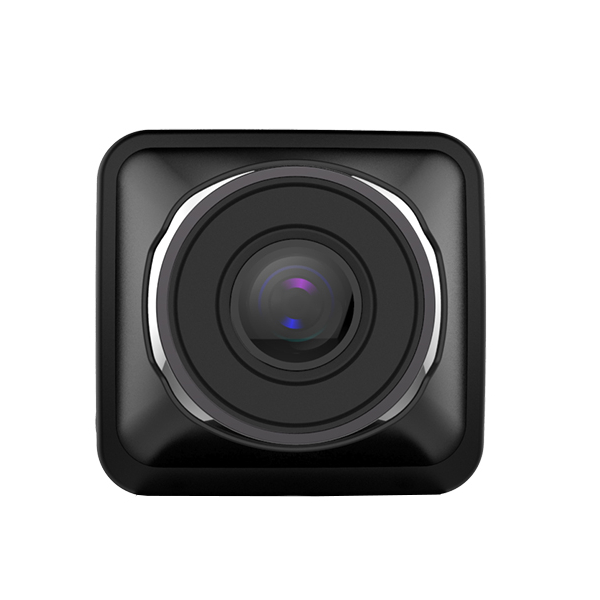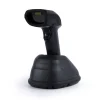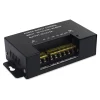Clear Filters
Clear Filters
Camera type: front
Video resolutions: 1080p (1920x1080) 60 fps; 1080p (1920x1080) 30 fps; 720p (1280x720) 120 fps; 720p (1280x720) 60 fps; 720p (1280x720) 30 fps
Display: 1.5 inches; LTPS 4:3
Lens: 145-degree wide-angle, 6g, 1.8 aperture
Additionals features: WiFi communication with cell phone, GPS module displaying current speed and coordinates, built-in speaker and microphone
€100.56
Camera Type: Front and Rear
Front Camera Video Resolutions: 4K Ultra HD (3840x2160), 1080p (1920x1080), 720p (1280x720); 30 fps
Rear Camera Video Resolutions: 1080p (1920 x 1080)
Display: 2,45 inches IPS
Additional functions: GPS module, WiFi communication with a mobile phone, built-in speaker, and microphone
€136.56
Camera type: Front and rear for rear view mirror
Video resolutions: Full HD (1920 x 1080), HD (1280 x 720)
Display: 4.7 inches, IPS LCD
Rear camera resolution: VGA (640 x 480)
Additional features: built-in speaker and microphone















